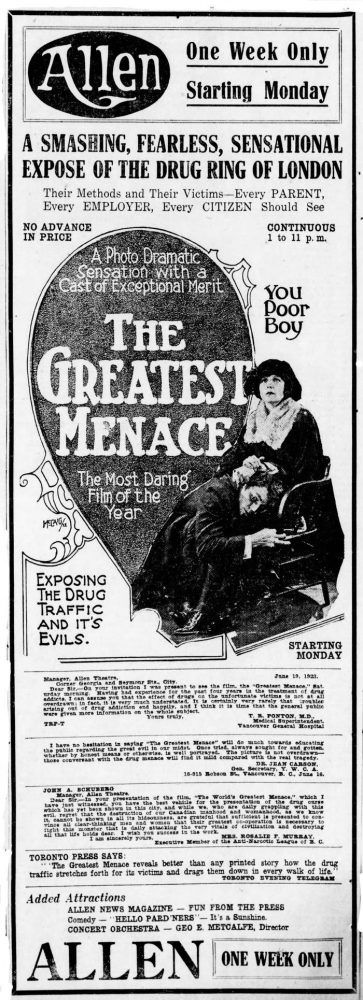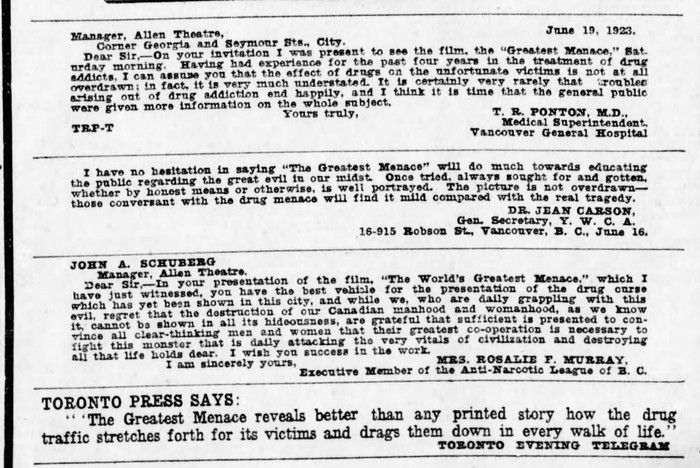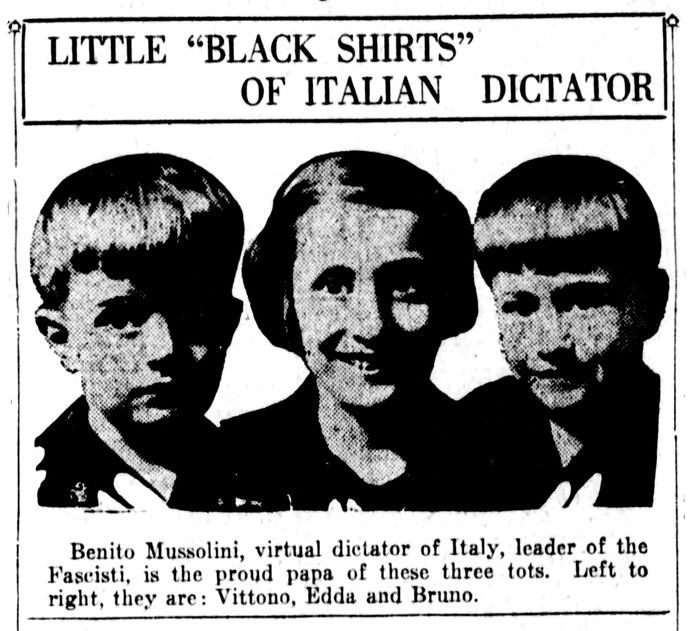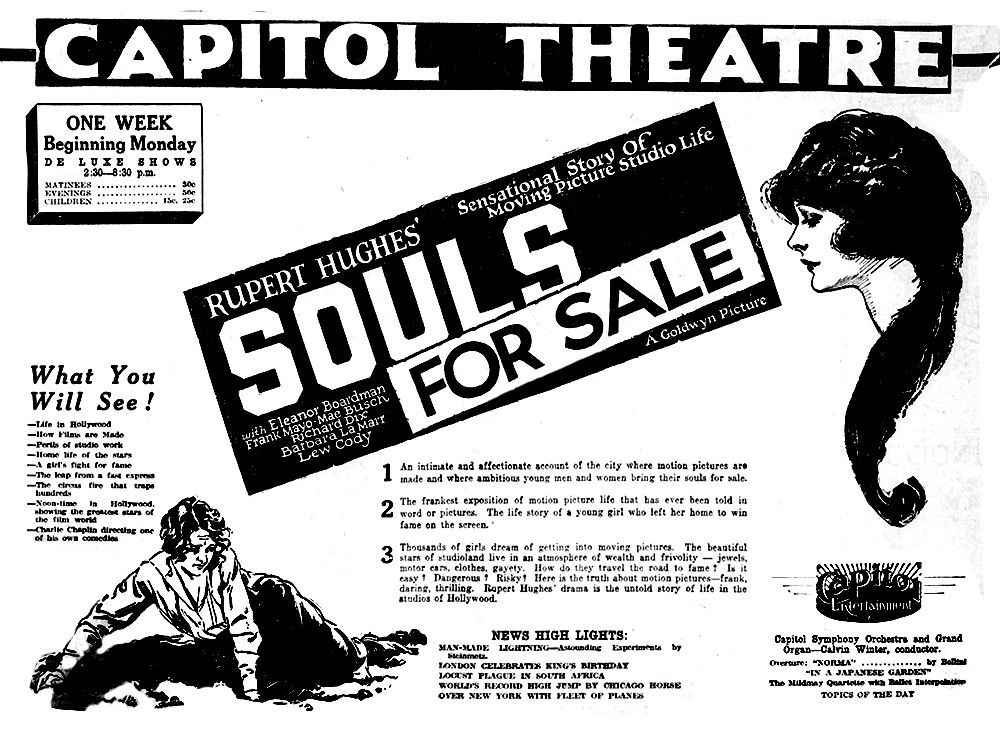
The big news story in Canada on June 23, 1923 was that Manitoba voters had gone “wet,” joining B.C. and Quebec in rejecting Prohibition.
The big local news story in Vancouver was that 4,000 people had turned out to see a vaudeville artist named France la France stand on his head for nine minutes on the roof of The Vancouver Sun building at 125 West Pender.
But for a reader in 2025, some of the smaller stories, and old ads, are just as interesting.
There was a wacky story out of Vienna, Austria, about “one of the strangest marriage contracts ever written.”
It involved a love triangle involving a Countess Scherr-Thoss, “a beautiful blackeyed Hungarian girl.”
The Countess agreed to marry a Dr. Von Hofmannsthal, a prominent lawyer and brother of Hugo Von Hofmannsthal, “one of the greatest living poets writing in the German language.”
But she had an unusual clause inserted in the marriage contract — that she could get out of the deal, “If I cannot resist my passion of Dr. Mohr, my old sweetheart,” who “has a hypnotic influence over me.”
Dr. Von Hofmannsthal was “violently in love with the countess,” and agreed to her demand. But she exercised the clause the moment she stepped out of the church after the couple was wed.
“She shrieked: ‘I hear my sweetheart calling, I must go,’” said a story in The Sun.
Herr Gyrafas, “an elderly Hungarian friend of her lover,” then “abducted her” and took her to Dr. Mohr, who was described as a “rich sausage manufacturer.”
The couple fled to Budapest. When Dr. Von Hofmannsthal found out what had happened, he caught up to Herr Gyrafas and tried to “horsewhip” him. Gyrafas then sued Dr. Von Hofmannsthal, which is how the details came out in a Viennese court.
Sadly, the outcome of the lawsuit is unknown.
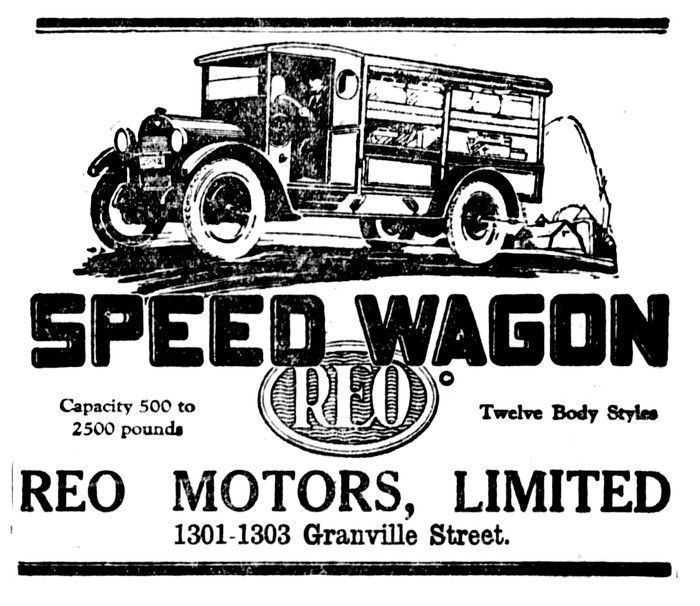
The Sun ran another story from Paris that was headlined “Parisian Police Chase The Devil.”
“A man, completely nude, his skin painted scarlet like that of the devil, dashed from the wreckage of a taxicab which was struck by a meat delivery truck in the Rue des Petite-Champs at 4 o’clock in the morning,” said the story.
The police captured the “supernatural being,” who explained he was returning from a “famous annual revel” in the Latin Quarter, “where his makeup did not attract much attention.”
You never know what will turn up in old papers. In the World, there is a photo dubbed “Little ‘Black Shirts’ of Italian Dictator.” It shows the “three tots” of Benito Mussolini, “leader of the Fascisti” in Italy.
There is also an ad for an REO Speed Wagon, which in the 1920s was a truck, not the arena rock band from the ’70s.
The best ads were for old silent movies, which made up for their lack of sound with blaring hype and snazzy graphics.
Souls For Sale was a “sensational story of moving picture studio life.” It was written by best-selling author Robert Hughes, the uncle of Howard Hughes, and features cameos by a who’s who of the time, including directors Charlie Chaplin, King Vidor and Erich Von Stroheim.
The plot sounds a bit ludicrous (“a girl’s fight for fame,” a “leap from a fast express,” and a “circus fire that traps hundreds”), but when prints of the movie turned up in the 1980s, Turner Classic Movies fixed them up for a new print that ran on TCM and became a DVD.
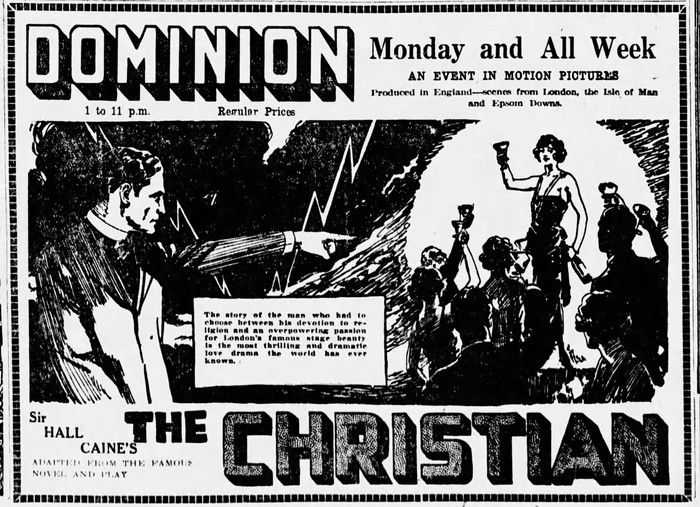
Souls For Sale was at the Capitol Theatre, while The Greatest Menace was playing at the Allen, which was later called the Strand.
The “super-drama of romance and adventure” was aimed at “Exposing the drug traffic and its evils,” and the ad featured testimonials about its worth from the medical superintendent at Vancouver General Hospital., the General Secretary of the local Y.W.C.A. and an executive member of the Anti-Narcotic League of B.C.
The most dramatic movie ad was in the June 24 Sun for a “photo-play” called The Christian. It showed a priest pointing to a woman hoisting a martini glass, which summed up “the story of the man who had to choose between his devotion to religion and an overpowering passion for London’s stage beauty.”
He didn’t look too happy.
